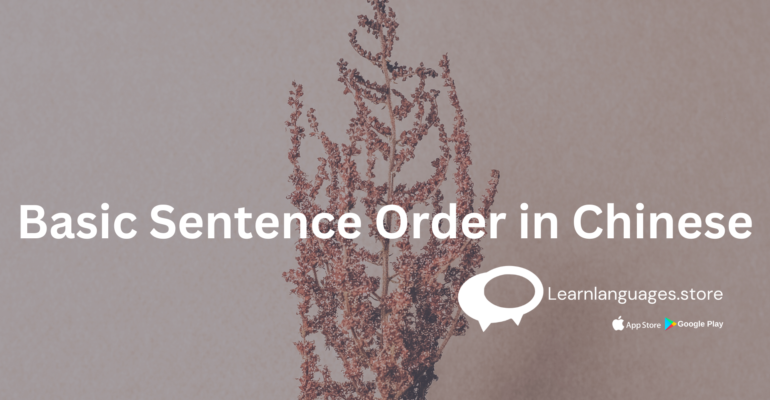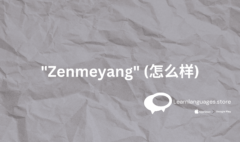Basic Sentence Order in Chinese
Basic Sentence Order in Chinese
Estimated reading time: 3 minutes

Level
A1 / HSK1
Similar to
- Connecting nouns with “shi” (A1)
- Placement of question words (A1)
- Simple “noun + adjective” sentences (A1)
- Standard negation with “bu” (A1)
- Wanting to do something with “yao” (A1)
- Actions in a row (A2)
- Indicating location with “zai” before verbs (A2)
Used for
Sentence Patterns
Basic Sentence Order
In its most basic form, Chinese word order is very similar to English word order. These similarities definitely have their limits, though; don’t expect the two languages’ word orders to stay consistent much beyond the very basic sentence orders outlined below.
Subject-Predicate
A simple predicate can be just a verb. The most basic word order in Chinese is:
Structure
Subj. + Verb
You can form very simple sentences with just two words.
Examples
- 你们 吃。
Nǐmen chī.
You eat.
तुम खाते हो।
(tum khate ho) - 他 笑。
Tā xiào.
He laughs.
वह हंसता है।
(vah hansta hai) - 我 读。
Wǒ dú.
I read.
मैं पढ़ता हूँ।
(main padhta hoon)
Subject-Verb-Object
A slightly longer predicate might be a verb with an object. A sentence with both a verb and an object is formed with this structure:
Structure
Subj. + Verb + Obj.
This is the same as in English, and is commonly referred to as SVO word order. You can express a huge variety of things with this simple structure.
Examples
- 他们 吃 肉。
Tāmen chī ròu.
They eat meat.
वे मांस खाते हैं।
(ve maans khate hain) - 你 喝 茶 吗?
Nǐ hē chá ma?
Do you drink tea?
क्या तुम चाय पीते हो?
(kya tum chai peete ho?) - 我 去 学校。
Wǒ qù xuéxiào.
I go to school.
मैं स्कूल जाता हूँ।
(main school jata hoon)
Exceptions
While the basic sentence structures are quite straightforward, there are some exceptions and additional rules when forming complex sentences, involving time expressions, location phrases, and using conjunctions.
Learn Languages Store
Vashi,
Email: services@learnlanguages.store










